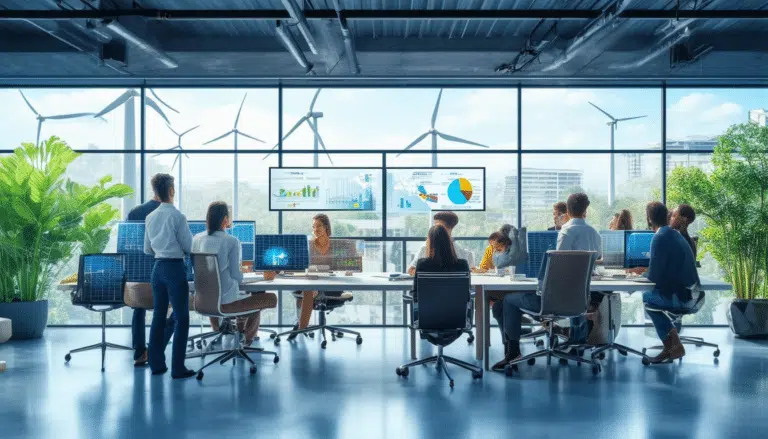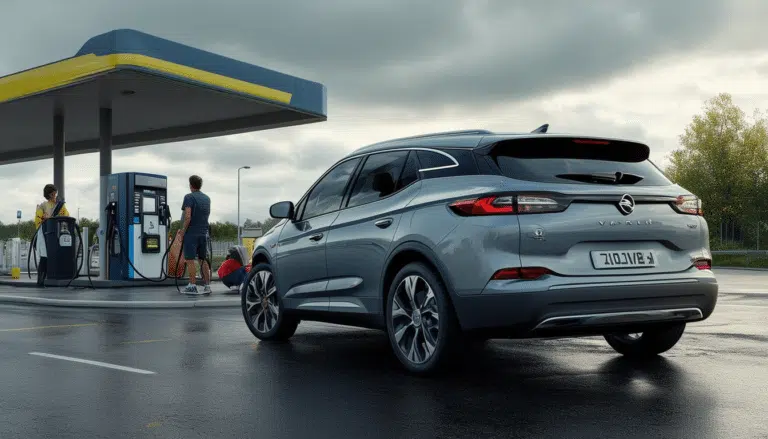Energ optimization strategies in buildings to reduce fuel expenditure
Energy optimization in buildings has become an essential aspect to face the challenges of climate change and improve sustainability. With buildings representing a significant sector of global energy consumption, implementing effective strategies to reduce fuel spending not only contributes to economic savings, but also minimizes the carbon footprint. From harnessing natural light to integrating renewable technologies, these strategies are key to achieving a more sustainable and efficient future.
Energy efficiency in buildings is a vital aspect for reducing fuel spending and contributing to a sustainable future. The right strategies not only help to reduce energy consumption, but also improve comfort and lower greenhouse gas emissions. Here are various strategies that owners and architects can implement to optimize energy use in their buildings.
Optimized architectural design
One of the first steps towards energy optimization is the proper planning of the architectural design. The building’s orientation, the arrangement of windows, and the use of materials that favor insulation are key to maximizing natural light and minimizing the need for heating and cooling. Integrating bright and ventilated spaces helps to reduce the use of artificial energy by making the most of natural environmental conditions.
Renewable energy technologies
The integration of renewable energy technologies, such as photovoltaic solar panels and geothermal systems, can lead to a significant reduction in fossil fuel consumption. These technologies allow for on-site energy generation, thus decreasing dependence on non-renewable sources and helping to reduce long-term operational costs. Implementing these solutions is not only economically beneficial, but also contributes to environmental care.
Energy management systems
Establishing energy management systems in buildings facilitates proper control of energy consumption. Standards like ISO 50001 offer a framework that helps organizations plan, implement, and continuously improve their energy efficiency practices. By regularly auditing energy consumption and setting clear goals, it is possible to identify areas for improvement and optimize the overall energy performance of the building.
Efficient lighting
Lighting represents a significant percentage of energy consumption in buildings. Therefore, opting for efficient lighting solutions, such as LED lamps, can help to reduce this expenditure. Additionally, incorporating motion sensors and timers to regulate energy consumption in underused spaces is another effective strategy. By maximizing lighting efficiency, a considerable reduction in the building’s carbon footprint can be achieved.
Sustainable materials and construction techniques
The use of sustainable materials and the application of efficient construction techniques contribute to the overall energy efficiency of a building. Choosing raw materials that have a low environmental impact and are recyclable or reusable is fundamental. Furthermore, implementing practices like circular economy in construction can reduce waste and promote sustainability.
Collaboration between sectors
Collaboration between sectors is essential for maximizing energy efficiency. Through partnerships between companies, governments, and communities, it is possible to develop and implement joint strategies that promote sustainability. The implementation of training programs and the exchange of best practices allow for the optimization of fuel spending and foster a culture of energy responsibility in society.
Continuous monitoring and maintenance
Continuous monitoring of a building’s energy performance enables the identification of problems and the execution of preventive maintenance. An effective maintenance program ensures that all systems operate at their maximum efficiency, thus contributing to reduced energy consumption. Investing in maintenance of electrical and mechanical systems is crucial, as proper maintenance guarantees optimal functioning and extends the lifespan of equipment.
Application of biofuels
Considering the use of biofuels as an alternative to fossil fuels is another valuable strategy for reducing energy expenditure. Biofuels are less polluting and may be more sustainable in terms of production and use. Integrating biofuels in heating establishments and energy systems helps to lessen dependence on traditional energy sources and contributes to a cleaner environment.
For additional information on how energy optimization strategies in buildings can help reduce fuel spending, online resources on collaboration between sectors, energy savings optimization, and fuel spending reduction strategies can be consulted.
Energy optimization in buildings has become an essential strategy to face current and future environmental challenges. Buildings, which account for nearly a third of global energy consumption, have a significant impact on fuel spending and CO2 emissions. Therefore, implementing effective energy efficiency measures not only contributes to sustainability but also serves as a pragmatic way to reduce operational costs.
Multiple strategies can be adopted to improve energy efficiency. One of the most relevant is the optimization of architectural design. By designing buildings that harness natural light and maintain proper ventilation, dependence on heating and air conditioning systems is reduced, which directly translates into savings on energy consumption.
Additionally, incorporating sustainable technologies, such as photovoltaic solar panels and energy management systems, allows for a more efficient use of resources. These technologies not only facilitate the generation of renewable energy but also optimize supplies and help to manage consumption more effectively.
Finally, it is essential to foster a sustainability culture among users and occupants of buildings. Education and awareness about the responsible use of energy can lead to significant changes in habits that, when multiplied by the number of users, generate a considerable impact on global energy consumption.
Implementing these strategies not only supports compliance with future regulations but also favors a healthier environment and a more sustainable future. Energy efficiency therefore emerges as a key tool to mitigate environmental impact and enhance quality of life.




